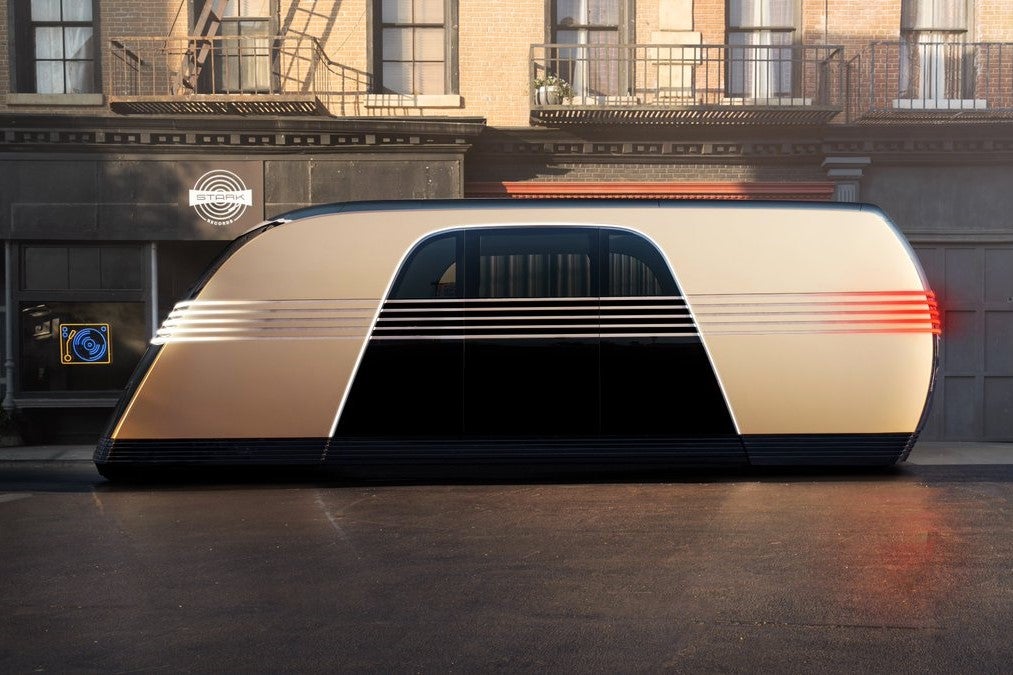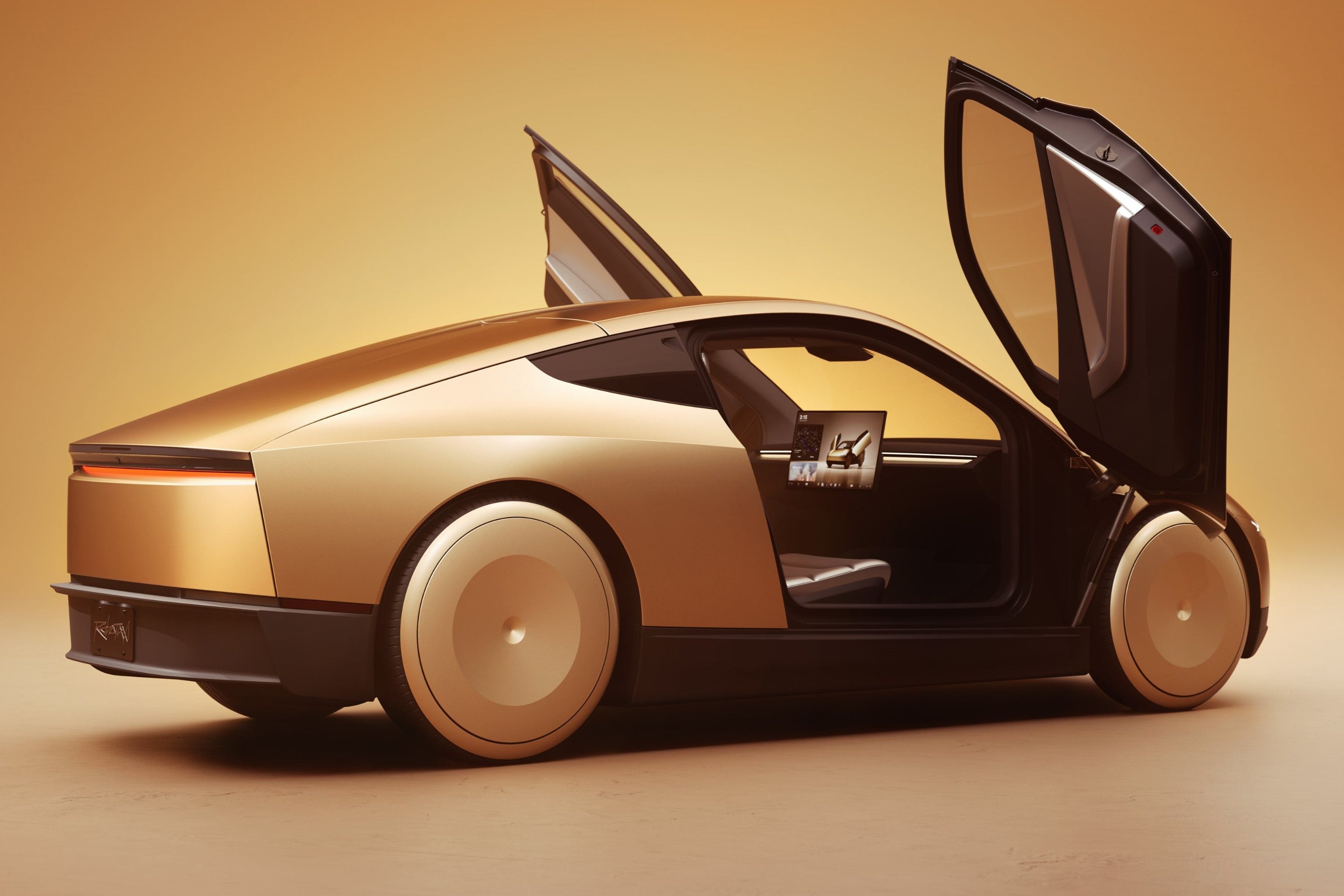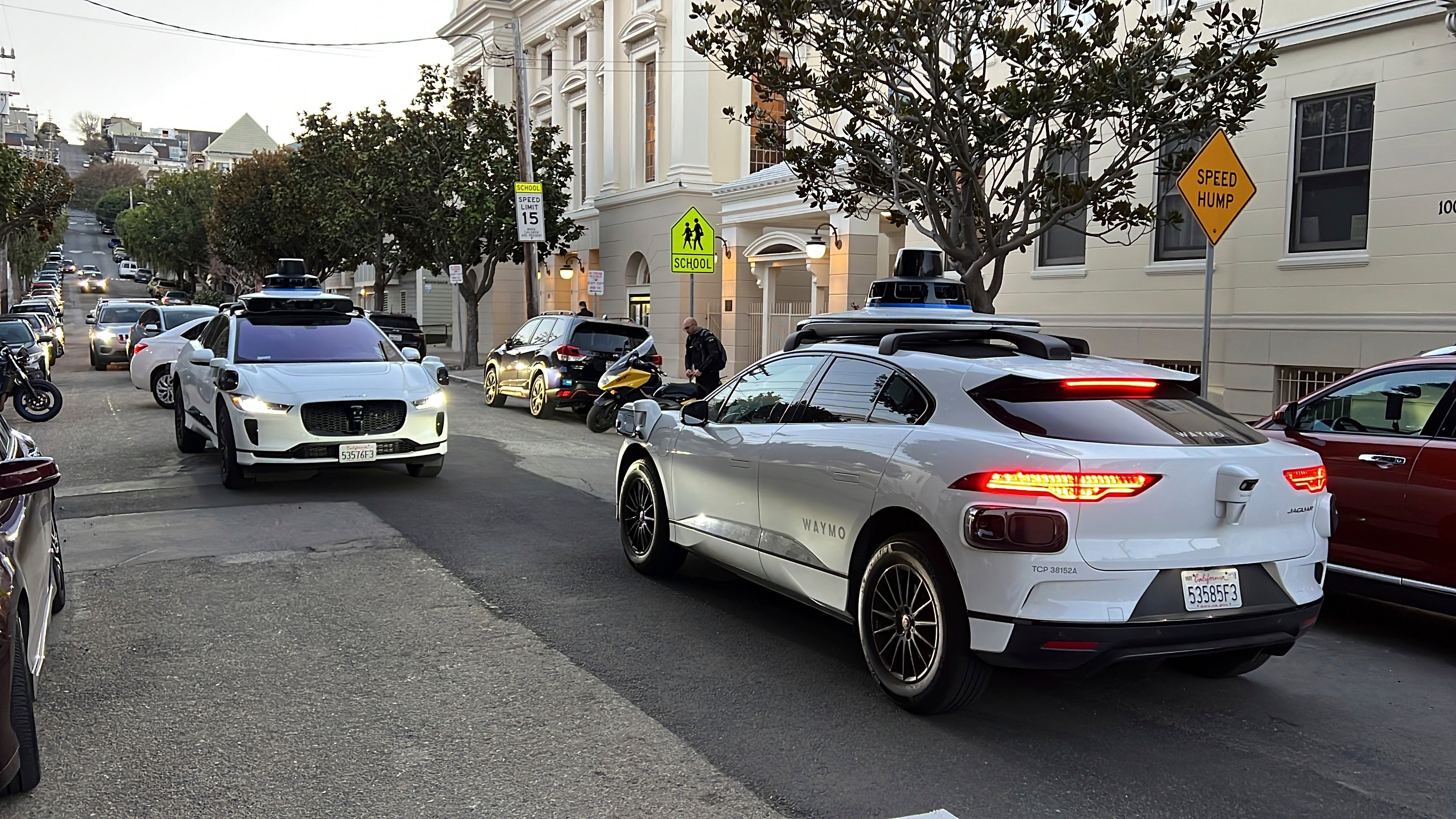Can Tesla’s Cybercab and Robovan actually take on Uber?
Some industry experts claim Elon Musk just ‘killed the steering wheel’ – but others believe it’s just more bluster from the billionaire, writes Anthony Cuthbertson


After years of teasing a full-autonomous robotaxi, Tesla has finally unveiled the vehicle it hopes will disrupt the ride-hailing market and revolutionise personal transport.
With no steering wheel or pedals, the two-seater Cybercab ditches conventional controls to offer a fully driverless experience. Tesla also threw in a 20-seater Robovan prototype at the unveiling event on Thursday, claiming that it can serve as anything from a school bus to a wedding limousine.
Tesla CEO Elon Musk described it as a “futuristic art deco bus”, but without a windscreen or wheels it does not even look like a road vehicle. It has drawn comparisons to an elongated robot head hovering along the street, while others likened it to a Streamliner train, a computer mouse and a high-end toaster.
Both the Cybercab and Robovan seek to unsettle the ride-hailing dominance of firms like Uber and Lyft – completely removing the need for human labour. Tesla also hopes to challenge the emerging autonomous taxis offerings from the likes of Waymo, but to succeed it will need to overcome three main challenges: technology, regulation and acceptance.
The technology part depends on Tesla’s Full Self-Driving software (FSD), which is already available in the firm’s existing vehicles. The millions of Teslas currently on the road are being used to train the algorithms and data models to improve FSD, with Musk claiming that the company’s global fleet collectively drives half a million miles every 3.5 minutes. This contributes to continuous improvements to the FSD system, which can then be sent to all cars via over-the-air software updates.

Despite these vast training sets, some industry experts have pointed to potential safety concerns stemming from Musk’s unwillingness to use lidar – an expensive 3D sensor system that many robotaxi companies currently rely on. His reasoning is that Tesla’s ultra-powerful FSD chip can rely on cameras alone, just like humans can drive using just vision.
“This opinion is shortsighted in that humans have a human brain, which processes input from our eyes and other senses, and enables us to analyse and react to familiar and new situations instantly,” Brad Rosen, chief operating officer at self-driving software firm Nodar, told The Independent.
“Insufficient computing power combined with an inability to train the networks on every possible scenario – or even a fraction of the edge cases that humans handle so well – leaves Tesla vehicles inadequately prepared for many driving situations.”
The issue of regulation is one that existing robotaxi firms are currently struggling to navigate. Earlier this year, Google’s driverless car division Waymo was blocked from expanding its business following a series of accidents with its vehicles.
“Regulators around the world are approaching self-driving vehicles with extreme – and understandable – caution,” Paul Miller, an analyst at US market research firm Forrester, told The Independent. “Existing autonomous taxi operations from companies like Baidu in China or Cruise and Waymo in the States have taken years to secure permission to operate commercial services in just a few cities.
“The Cybercab’s lack of a steering wheel or pedals make sense in some future autonomous vehicles, but may further complicate the process of reassuring cautious regulators today.”

Musk also has a long history of setting overly ambitious deadlines. But at the event in California on Thursday night, it was not just CGI animations or people dressed in robot costumes – Tesla drove out 20 real cars and an actual robotaxi bus as proof that it was not just an idea.
“I tend to be optimistic with timeframes,” Musk admitted at the event, before adding that he expected the Cybercab to enter production “before 2027”.
Tesla will be hoping that acceptance of the technology will significantly improve by then, after a recent survey of UK adults found that just one in five would be comfortable riding in an autonomous vehicle. The research by online marketplace Carwow revealed that even if the challenges surrounding technology and regulation are overcome, people may still have reservations about actually using it.
Resistance to self-driving cars has even resulted in a recent spate of attacks on robotaxis in San Francisco. Residents of the city have manifested their frustrations by torching vehicles, smashing their windows and placing fireworks inside. Those against the technology range from city officials who complain they obstruct emergency vehicles, to taxi unions who say they will cost human drivers their jobs.
There have also been high-profile incidents of robotaxis getting into accidents, with California’s Department of Motor Vehicles (DMV) logging 130 incidents in 2023, including one that resulted in the death of a dog.
For Musk, self-driving technology holds the potential to eliminate road accidents altogether. He has previously claimed that Full Self-Driving will be safer than human drivers by the end of the year, though this is predictably being viewed as another overly optimistic prediction.
The online reaction to the Cybercab has been mixed, with some hailing it as a new era of transport, and others mocking its unusual design and Musk’s lack of technical detail.
Investors also appeared unimpressed with Tesla’s promise of a new era of transport, with the company’s stock falling 6 per cent following the long-awaited robotaxi event. Analysts at Barclays wrote in a note that it was “light on details” and offered “no updates indicating near-term opportunities”.
But Tesla and Musk have a history of success when it comes to challenging convention and beating expectations. Not only did Tesla pioneer the roll out of electric vehicles on our roads, it also built itself into the world’s most valuable automotive company in the process.
And regardless of Musk’s recent controversies, his business acumen has made him the world’s richest person. Together with the near-cult like status the brand enjoys in some circles, Tesla might just find a way to make it work.
Join our commenting forum
Join thought-provoking conversations, follow other Independent readers and see their replies
Comments
Bookmark popover
Removed from bookmarks